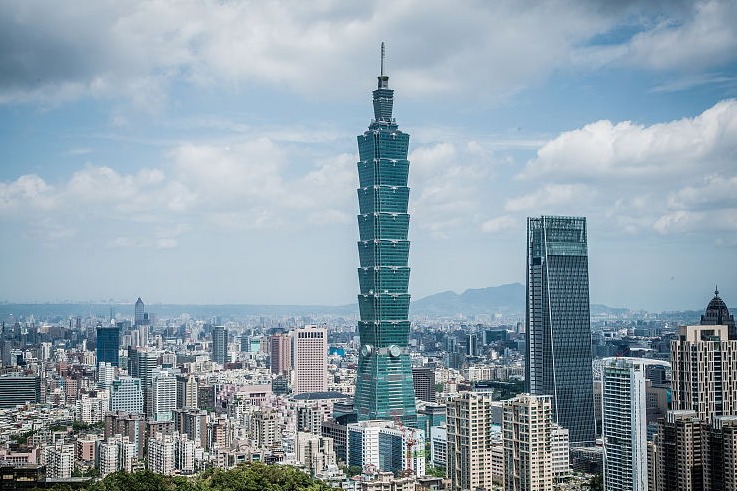Nation moves ahead with ambitious climate goals


Action taken
Even though there is still work to be done, including putting many supporting measures in place, numerous enterprises, both State-owned and private, have already taken action. Many important climate mitigation measures have been introduced by companies that are traditionally heavily dependent on fossil fuels.
For example, Sinopec, with an annual hydrogen production capacity of about 3.9 million tons, has vowed to invest more in this gas to facilitate the nation's transition to sustainable energy.
The Sinopec project in Kuqa is not only the world's largest green hydrogen plant, but also China's first 10,000-ton solar-generated green hydrogen demonstration project. With a total investment of some 3 billion yuan ($470 million), it is expected to produce 20,000 tons of green hydrogen a year after becoming operational.
According to the National Energy Administration, as of the end of October, installed capacity for renewable energy in China reached 1 billion kilowatts, a proportion of 43.5 percent.
However, the intermittent nature of new energy has long been a factor hindering its use on a large scale. Manufacturing hydrogen close to where renewable energy is generated is considered one of the solutions to this problem.
Ma Yongsheng, Sinopec's president, said hydrogen is one form of clean energy with a big development potential, and the company will further invest in hydrogen while expanding other new energy businesses during the 14th Five-Year Plan (2021-25) period.
- Full moon lights up Mid-Autumn Festival across China
- Mid-Autumn Festival celebrated across China
- Celebrating Mid-Autumn Festival across China with joy, tradition
- 137 hikers in NW China relocated due to heavy snowfall
- China to employ 7,000 retired teachers to work in rural areas
- Students and faculty enjoy Mid-Autumn festivities at Nankai University





































